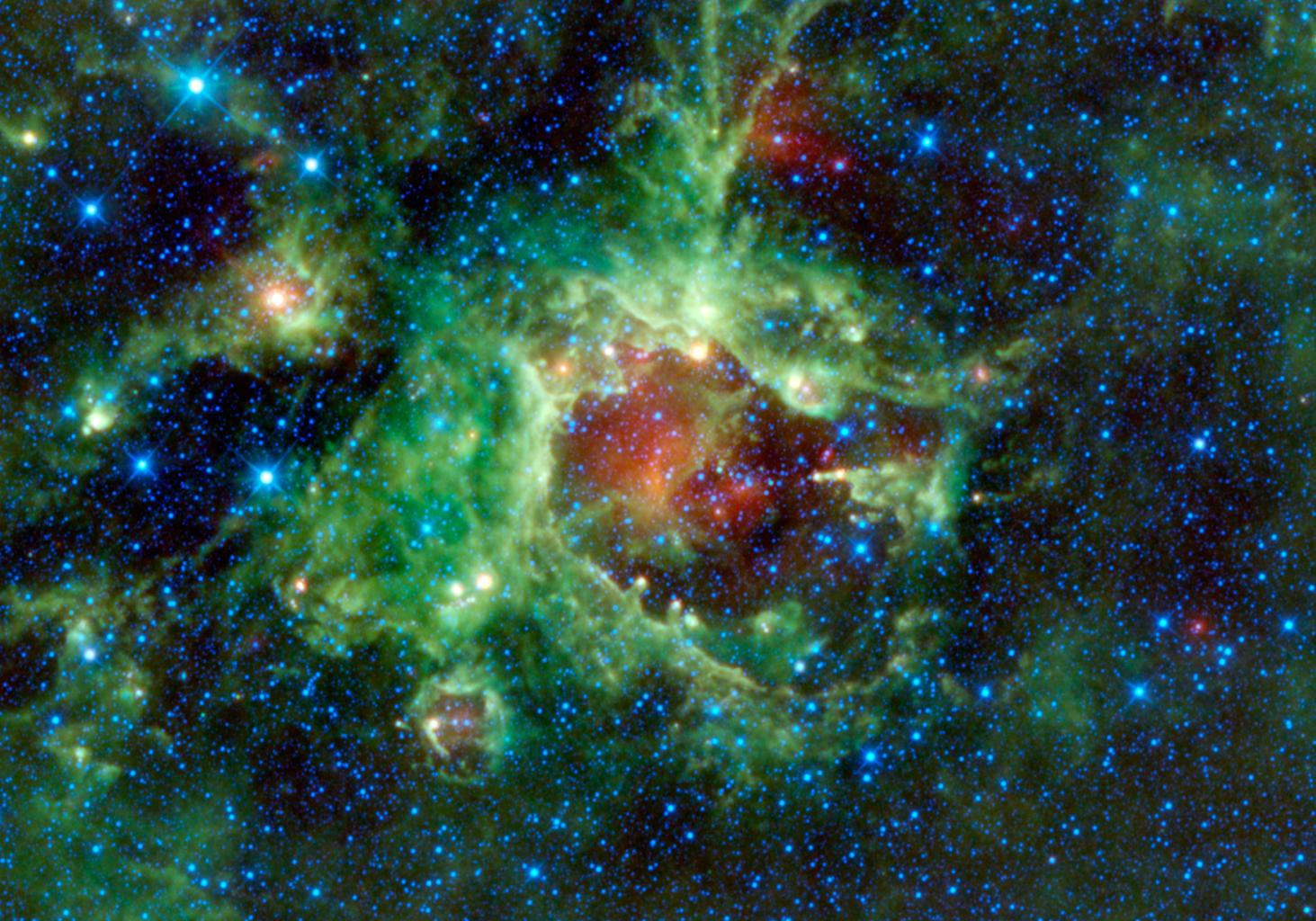
How Stars Form
This article is about star formation. It is an interesting subject because scientists, as a whole know so little. We do know a few things and that is just the start. Read on if you want to know more.
Where Stars Form
Many of the surrounding stars formed billions of years ago. Stars continually form in areas all around us. It is a constant process. Stars form when the gravity of its local medium gets too strenuous. Increased pressure leads to nuclear fusion. There will be a new star after this.
Heat and gravitational effects play a large role in star formation. Hot gas implies fast-moving molecules. In a very cooperative way, the hot gas balances out the gravity.
Formation Of Stars
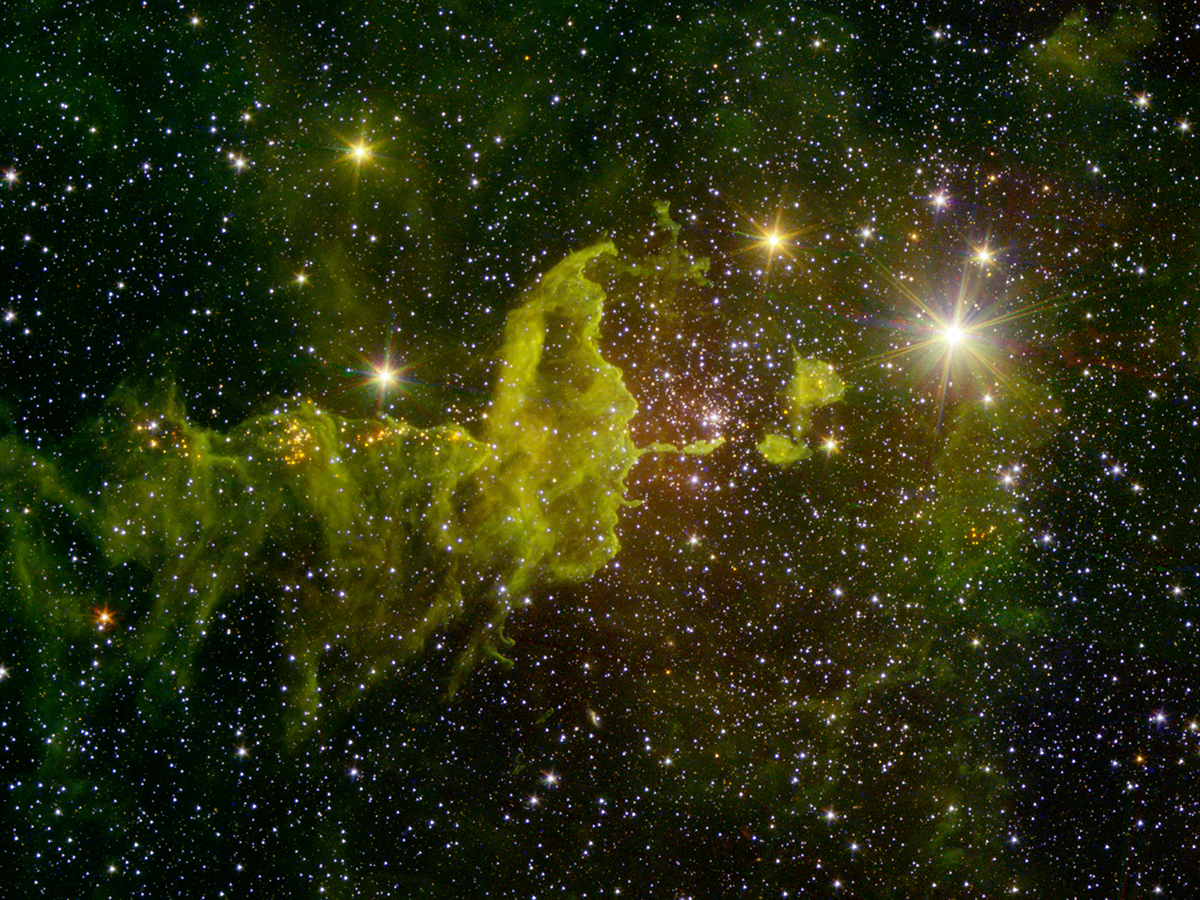
As mentioned earlier, the formation begins when gravity overcomes the effects of heat and pressure. This starts with a dense and cold cloud of gas. These clouds have a decent amount of gravity within themselves. A single cloud can form hundreds of stars.
There is still a lot of material in a cloud at this point. It is not very dense at this point. The temperature is still cool. The cloud is now losing a lot of its energy into space. That is why the temperature has not increased. It is slowly increasing in density.
When a cloud has stopped radiating energy, it condenses in size. It is much hotter in its core than at the outside edges. It is also much denser in the middle sections. This construct is now officially a protostar. It will continue to grow and get hotter.
A protostar is boiling hot. Its core is around 1 million Kelvin. Its luminosity is also dazzling because it is much larger than many mature stars. After an extensive amount of time, a protostar decreases its size. It has not lost its material, so it has just become very dense. The luminosity has also decreased a lot.
Eventually our protostar has become super dense and hot. Nuclear fusion begins, and we now have a complete star. It does a little more contracting, and the density goes up even more.
Interstellar Clouds
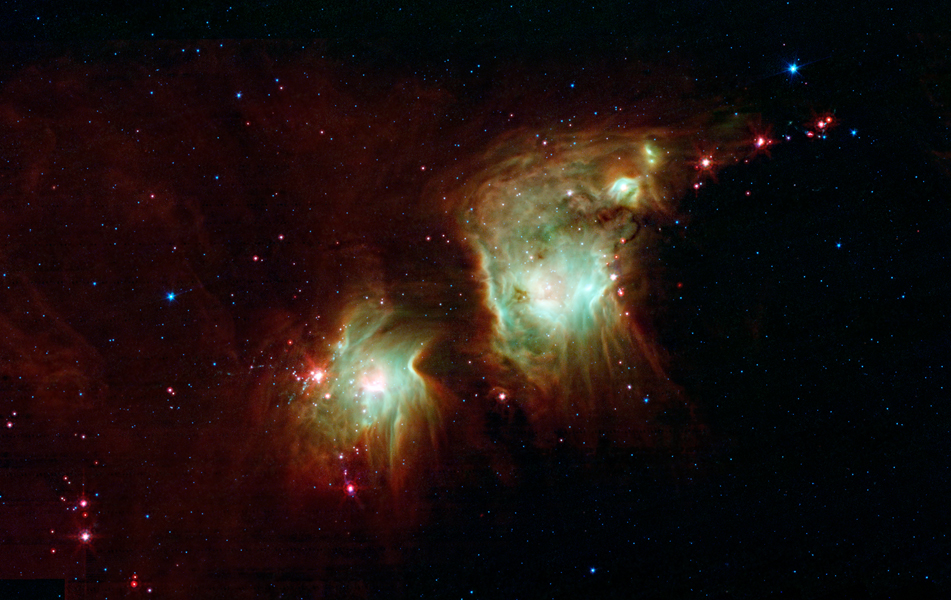
Observing many objects is how scientists infer what is going on. They are all seen at different stages in their development. This allows Astronomers to infer what happened. They often look for young stars because emissions give signs about what happened.
There is slight evidence of fragments found in our galaxy. Some clouds are brightly lit from young stars. From observational evidence, like temperature and density, it seems these clouds are on their way to producing more stars. Radio waves are the key tool in these studies.
“Winds” from protostars are often very strong. These winds are often a key indicator that a protostar is nearby.
Star Formation
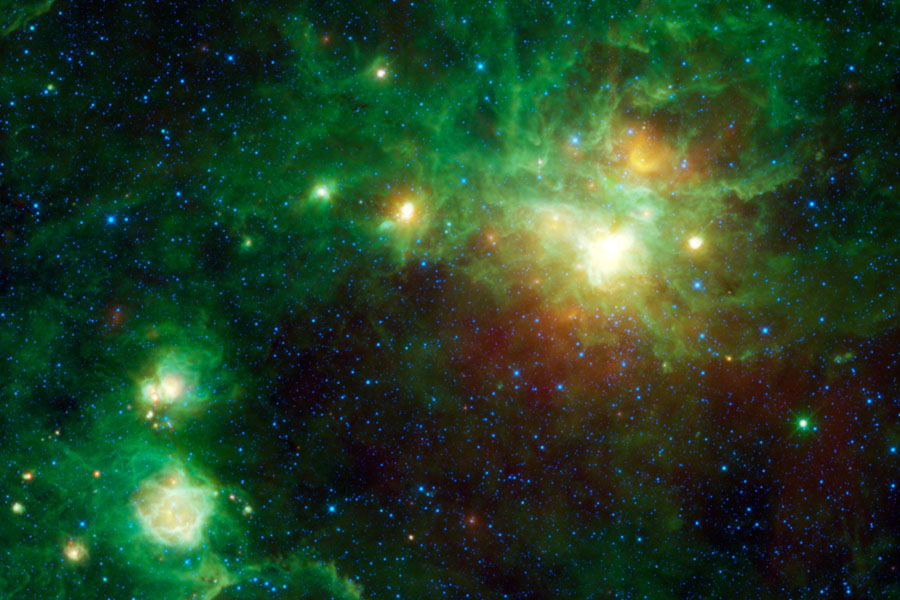
One characteristic of star formation is the many shock waves involved. These happen when emissions send material flying outward. The material consists of interstellar gas and dust. These shock waves are often the beginning. They will hit a cloud from all directions. Portions of the cloud will be divided. This compresses and heats the material inside. Process then start and the separate cloud portions will each make a star. Then eventually a star will be born.
Shock waves come from emissions, supernovae, and planetary nebulae.
Star Clusters
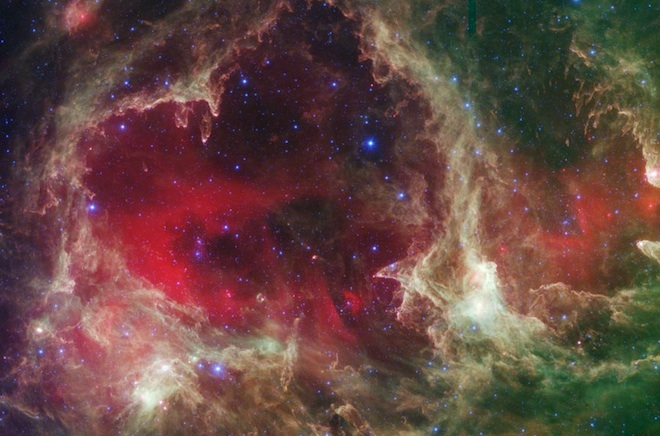
As mentioned above, a single cloud will make several stars. It does this because shock waves divide up the cloud. We call this collection of stars a cluster. This makes studying stars in a cluster interesting. The only difference between them will be their mass. This is because they all formed from the same material.
Conclusion
Star formation happens when an interstellar cloud collapses under its own gravitational effect. It will break up into several pieces. These pieces are all large. These pieces will become protostars.
For most mid-size stars, the complete process takes many millions of years. Smaller mass stars take longer to get there but lasts a lot longer. Super massive stars go through their whole formation quick and then end in an astronomical blink of an eye. They usually go out by supernovae.
Radio telescopes are a key tool in studying objects too far away to see. Protostars are immensely bright and have powerful winds. These winds will destroy its own disk and eventually cause shock waves. These shock waves will trigger star formation in other sections of the interstellar cloud.
A cloud can spawn hundreds of stars. A star cluster is the result.